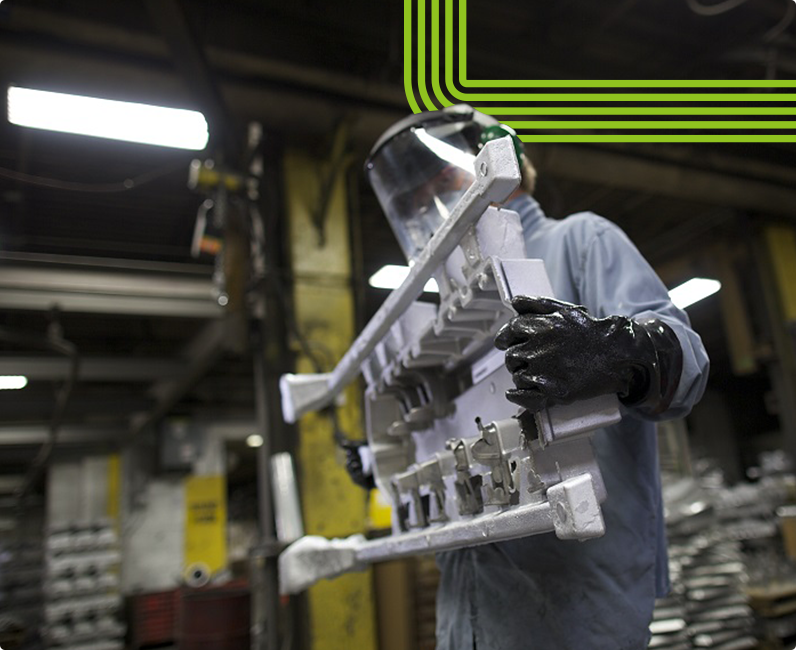THE DANGERS OF CHEMICALS AT WORK


Chemicals and abrasive solvents are used by billions of people globally. In fact, there are more than 350,000 chemicals & chemical mixtures in the world, registered for commercial production and use. Workers who are in contact with chemicals and various hazardous substances or gases - even simple cleaning detergents -are putting their hands and health at risk.
While chemical injuries occur more frequently in occupations where chemicals are manufactured, they also happen in other high-risk industries such as mining, painting, construction, oil & gas, healthcare, warehousing, transportation, agriculture and welding. Some chemical injuries happen when workers are unintentionally exposed to seemingly non-harmful solutions or gases over long periods of time.
CHEMICAL PERMEATION-THE SILENT KILLER
Safety professionals choosing a chemical-resistant glove must look at the glove’s degradation AND permeation performance. Many PPE glove providers only offer the glove degradation data, but there is a distinct and critical difference between these two forces.
Signs of degradation by a chemical are clear; the glove material is being “attacked” by the chemical and will show changes in color, form and flexibility. Burns or injuries will likely appear on the skin within several hours.
On the other hand, chemical permeation cannot be detected by the human eye. Unless the chemical is cleaned off properly, it will be absorbed into the glove material on a molecular level, emerging inside the glove as a vapor to enter the skin and bloodstream. This can cause serious long term injuries that appear later on.
PERMEATION EXAMPLE: WHAT HAPPENS WHEN YOU LEAVE A HELIUM BALLOON IN A ROOM FOR A FEW DAYS?The balloon will deflate and fall to the floor! This is due to PERMEATION - the chemical/gas molecules seeping through the material and escaping into the air.
EMPLOYEES AND EMPLOYERS BOTH PAY THE PRICE
Every year, millions of dollars are spent on medical fees, legal fees and fines due to hand protection failures that could have been avoided, not to mention the impact that days-away-from-work can have on production deadlines. Without the proper hand protection, the short-and long-term effects of chemical exposure can be extremely problematic and costly for both the worker and the employer.
- Every year, around 4% of global GDP (Global Domestic Product) or $2.8 trillion is lost to work-related accidents and diseases.
- In 2015, there were 3,940 cases of days-away-from-work resulting from chemical burns or corrosions.
- On average, 3 days away from work are taken after a chemical injury is incurred
A FULL ON-LINE CHEMICAL PROTECTION SERVICE WITH SHOWA’S CHEMREST® PLATFORM
Chemical risks don’t stop at the surface and removing them requires the proper attention, up-to-date knowledge and the right protective measures.
SHOWA® combines unparalleled expertise in chemistry and chemical resistant materials with top of the line glove manufacturing processes, bringing you a complete and comprehensive chemical protection platform.
CHEMREST® makes navigating the challenges of chemical resistant hand protection easier for safety professionals by providing an entire chemical resistance portfolio of products, resources and tools in one on-line platform.
Supported by their global network of manufacturing, research and safety specialists, www.ChemRest.com allows safety professionals to conduct an initial search for a SHOWA® glove that protects against a specific chemical or chemical mix.
Safety concerns evolve as new procedures and technologies enter the workplace. Safety regulations are revised and updated as well, with harsher consequences for companies who do not comply. In parallel, advancements in protective gear mean that safety gloves are more comfortable, offer multi-risk protection, and be manufactured more cost-effectively thanks to innovations from glove makers like SHOWA®.